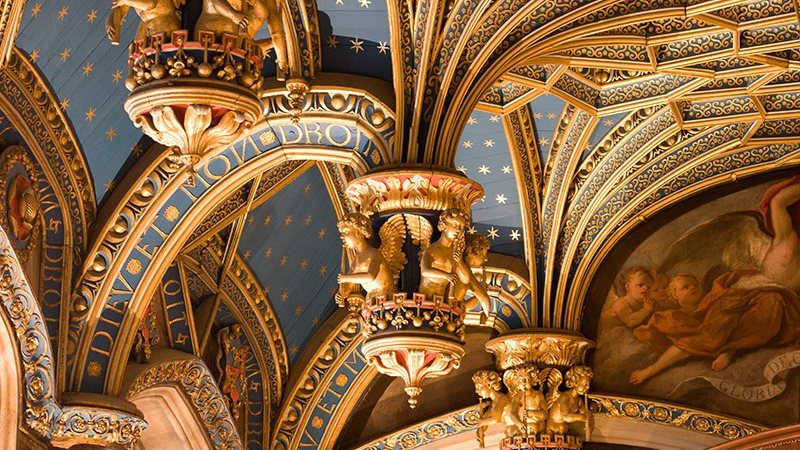Eternal Source of Light Divine forms the majestic opening statement of Handel’s secular cantata, Ode for the Birthday of Queen Anne, HWV 74. The aria is a kind of ceremonial call to order. The angelic vocal line is echoed by the trumpet, which seems to emerge from timeless, celestial expanses. Occasionally, the two voices weave together in near canonic counterpoint.
Handel composed this music in January of 1713. It was intended to celebrate the Queen’s February 6 birthday, as well as the newly signed Treaty of Utrecht, which ended the Spanish War of Succession. Queen Anne took little interest in music, and her illness prevented the work from being performed. However, in gratitude, she awarded Handel an annual pension.
The cantata was written originally for Richard Elford, a high tenor who sang in the choirs of Westminster Abbey, St Paul’s Cathedral, and the Chapel Royal. The text was by Ambrose Philips:
Eternal source of light divine
With double warmth thy beams display
And with distinguish’d glory shine
To add a lustre to this day.
This performance features the soprano, Marie-Sophie Pollak, with the German Baroque ensemble, Concerto München, which was founded in 2016:
Featured Image: the Chapel Royal at Hampton Court Palace


Wow! Gorgeous! Emerging from timeless, celestial expanses indeed. Enough to make believers out of lifelong skeptics… well, almost. Beautifully performed, videoed, and presented. How lucky we are to have ears, heart-minds, and technologies to make it all possible.